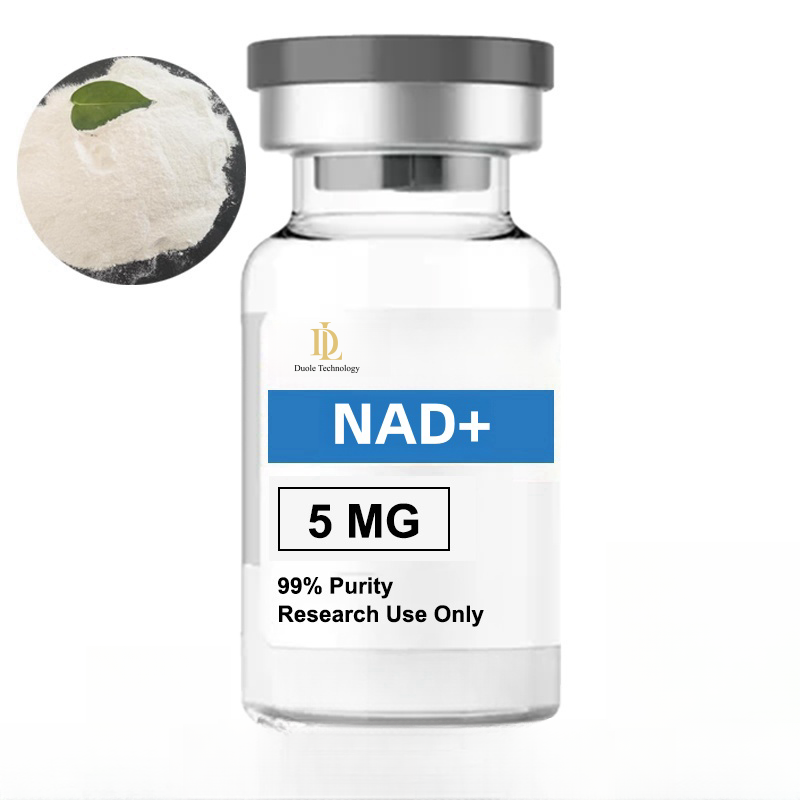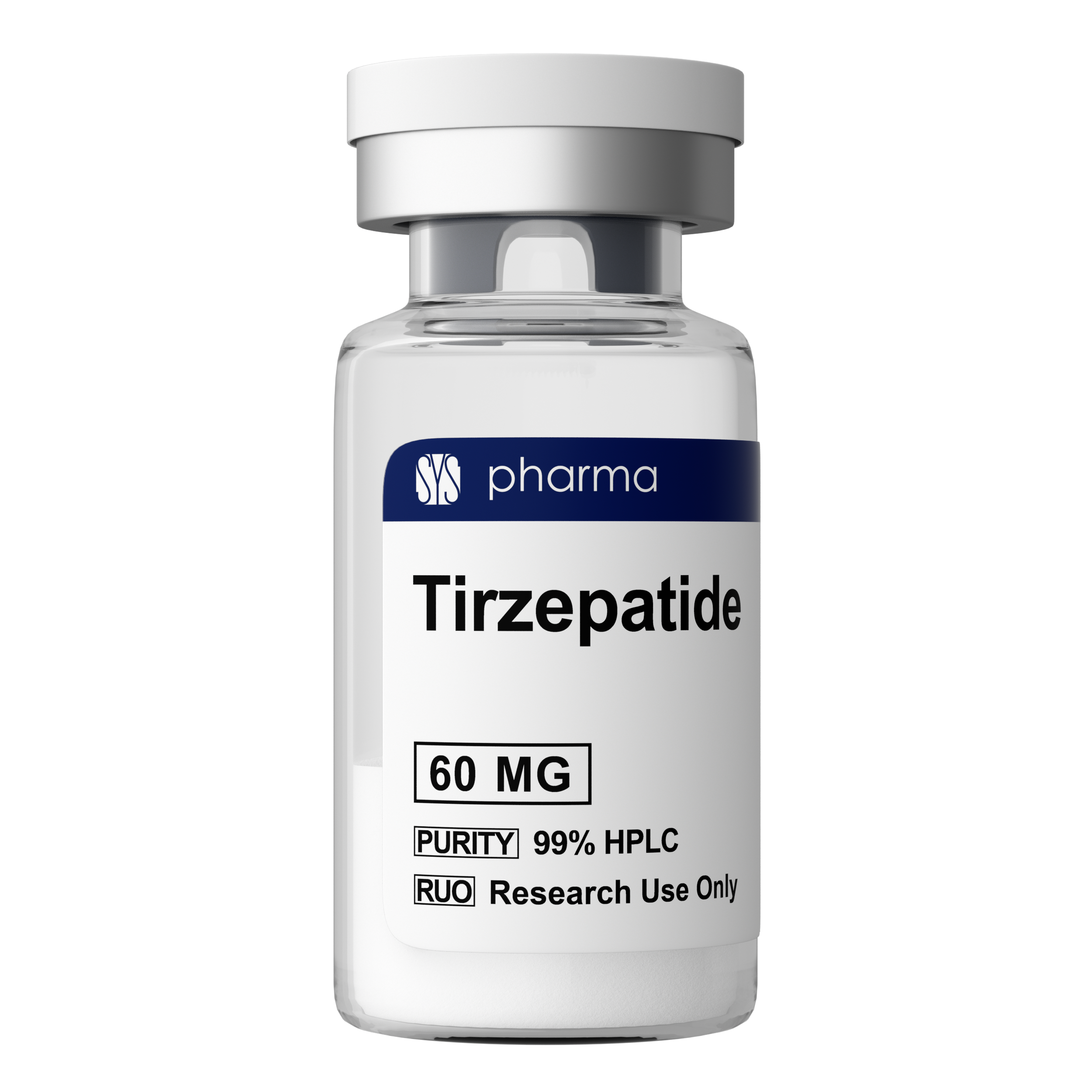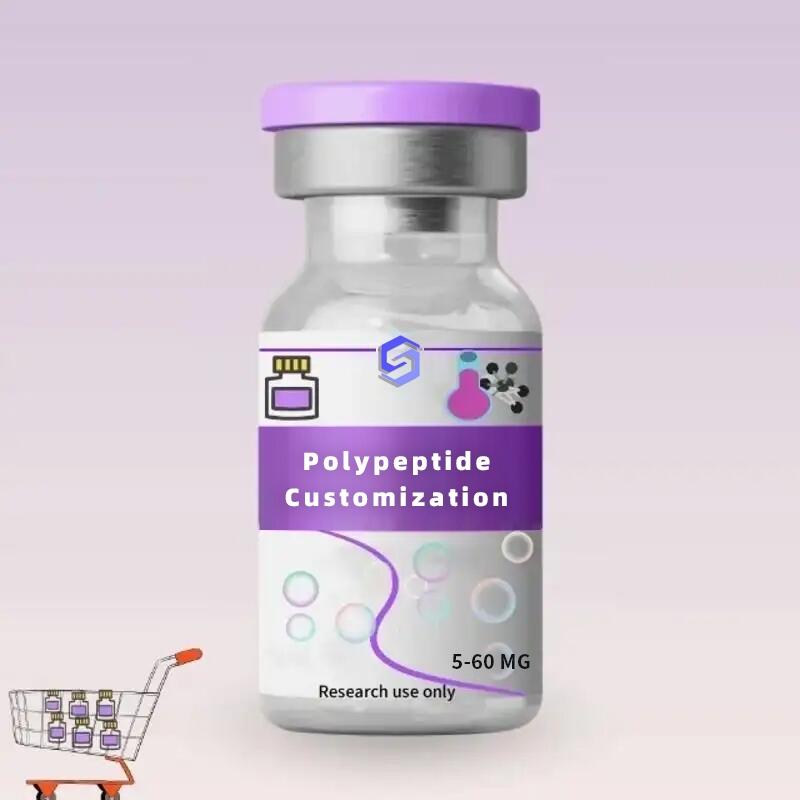-
Categories
-
Pharmaceutical Intermediates
-
Active Pharmaceutical Ingredients
-
Food Additives
- Industrial Coatings
- Agrochemicals
- Dyes and Pigments
- Surfactant
- Flavors and Fragrances
- Chemical Reagents
- Catalyst and Auxiliary
- Natural Products
- Inorganic Chemistry
-
Organic Chemistry
-
Biochemical Engineering
- Analytical Chemistry
-
Cosmetic Ingredient
- Water Treatment Chemical
-
Pharmaceutical Intermediates
Promotion
ECHEMI Mall
Wholesale
Weekly Price
Exhibition
News
-
Trade Service
Benzenepropanoicacid,a-hydroxy-b-methoxy-b-phenyl-,(aS)-, also known as salicylic acid, is a widely used chemical in the chemical industry.
It is a white, yellowish or slightly greenish crystalline powder that is soluble in water, alcohol, and ether.
Salicylic acid is used in a variety of applications, including as a catalyst, a solvent, and a building block for the synthesis of other chemicals.
One of the key advantages of salicylic acid is its high level of safety.
This is due to its low toxicity and low potential for environmental harm.
Despite its widespread use, salicylic acid is considered to be a safe chemical that can be handled and used with minimal risk to human health and the environment.
Salicylic acid is used in a variety of applications in the chemical industry, including as a catalyst in the production of polyester fibers and plastics.
It is also used as a solvent in the production of coatings, inks, and other products, and as a building block in the synthesis of other chemicals.
One of the key safety features of salicylic acid is its low toxicity.
According to the World Health Organization (WHO), salicylic acid is classified as a Category 2 chemical, which means that it is considered to be slightly toxic by ingestion, inhalation, and skin contact.
This means that it can cause skin irritation and other adverse effects if it comes into contact with the skin or is ingested, but it is not highly toxic.
Salicylic acid is also considered to be a low potential for environmental harm.
It is not highly persistent in the environment, and it does not bioaccumulate in living organisms.
This means that it is not likely to cause harm to aquatic life or other ecosystems.
In addition to its low toxicity and low potential for environmental harm, salicylic acid is also known for its ease of use.
It is a highly versatile chemical that can be used in a variety of applications, and it is relatively easy to handle and transport.
This makes it an attractive option for a wide range of industries, including the chemical, textile, and coating industries.
Overall, the safety of salicylic acid is a key advantage in the chemical industry.
It is a highly versatile and effective chemical that can be used in a variety of applications, and it is considered to be a safe and environmentally friendly option.
This makes it a popular choice for companies that are looking to minimize their environmental impact and maximize their productivity.







